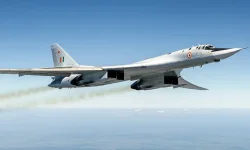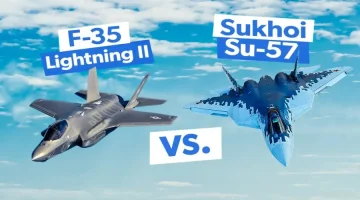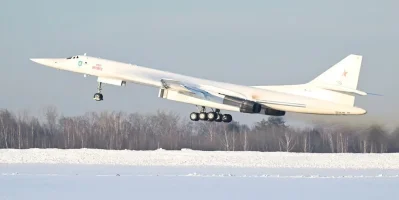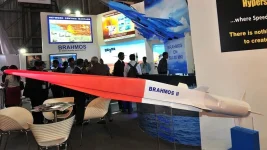- Views: 5K
- Replies: 68

NEW DELHI - The ambitious BrahMos-2 hypersonic cruise missile program, a joint venture between India's BrahMos Corporation and Russia, is facing significant challenges that could jeopardize its development. Talks between the two nations have reportedly stalled due to technical disagreements and financial concerns.
The BrahMos-2, envisioned as a hypersonic adaptation of Russia's Zircon cruise missile, was initially designed to achieve Mach 8 speed. However, due to export control concerns, the speed was reportedly capped at Mach 6.
A major point of contention revolves around the scramjet engine technology, crucial for propelling the BrahMos-2 to hypersonic speeds. Russia's reluctance to share the Transfer of Technology (ToT) for this critical component has become a significant roadblock in the project's progress.
Furthermore, Russia's demands for a higher price due to the advanced nature of the scramjet engine have raised concerns about the project's financial viability. Reports suggest that the cost per unit for the BrahMos-2 could be double that of the current BrahMos missile.
The BrahMos-2, designed as a manoeuvrable anti-ship hypersonic cruise missile with a range of 500-1000 kilometers, was expected to significantly enhance India's maritime defense capabilities. However, the current impasse raises doubts about the project's timeline and ultimate success.
The future of the BrahMos-2 program now hinges on India and Russia's ability to overcome these technical and financial hurdles. If they cannot reach a mutually agreeable solution, India may need to explore alternative hypersonic technologies to meet its defense requirements.




